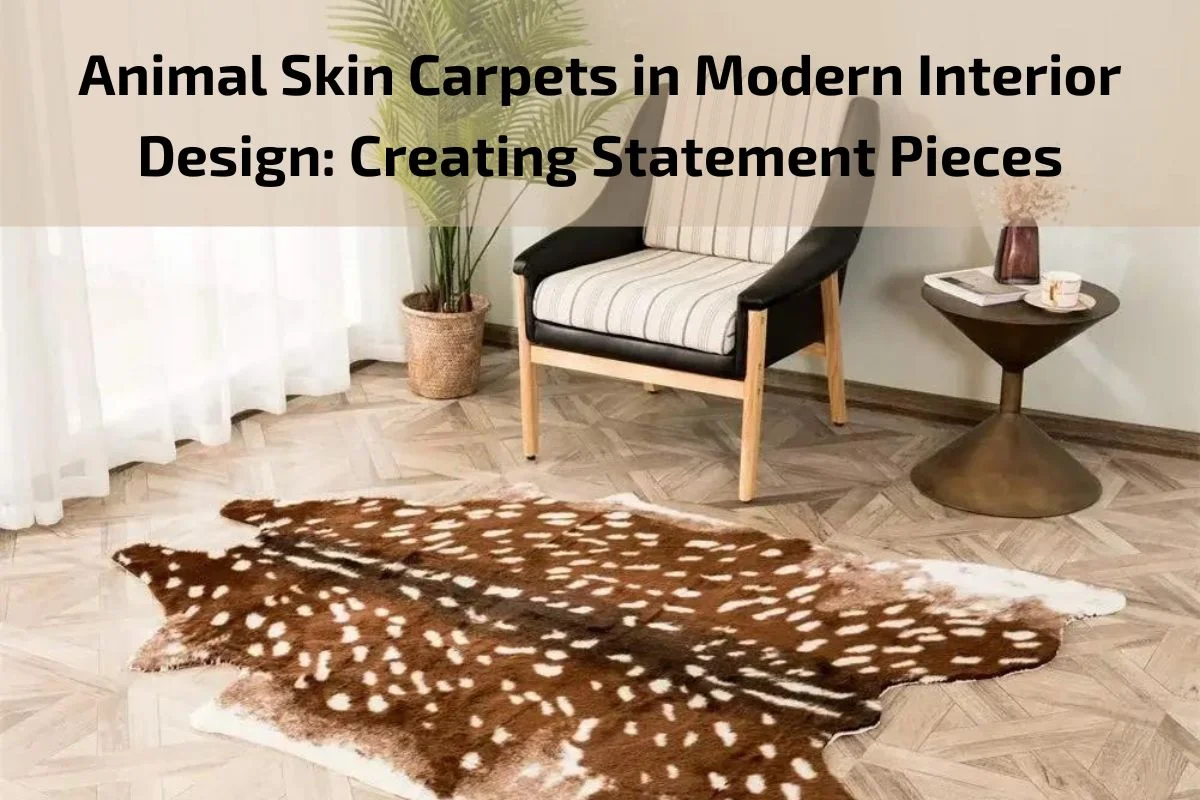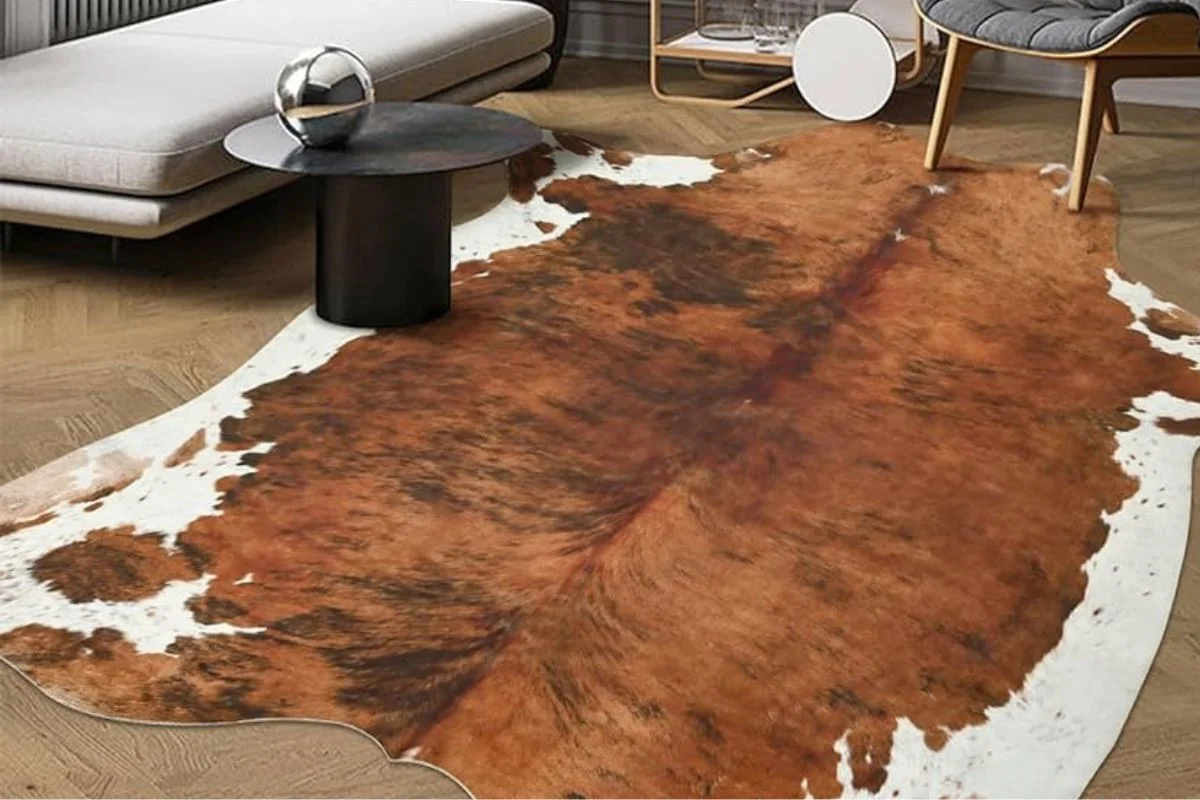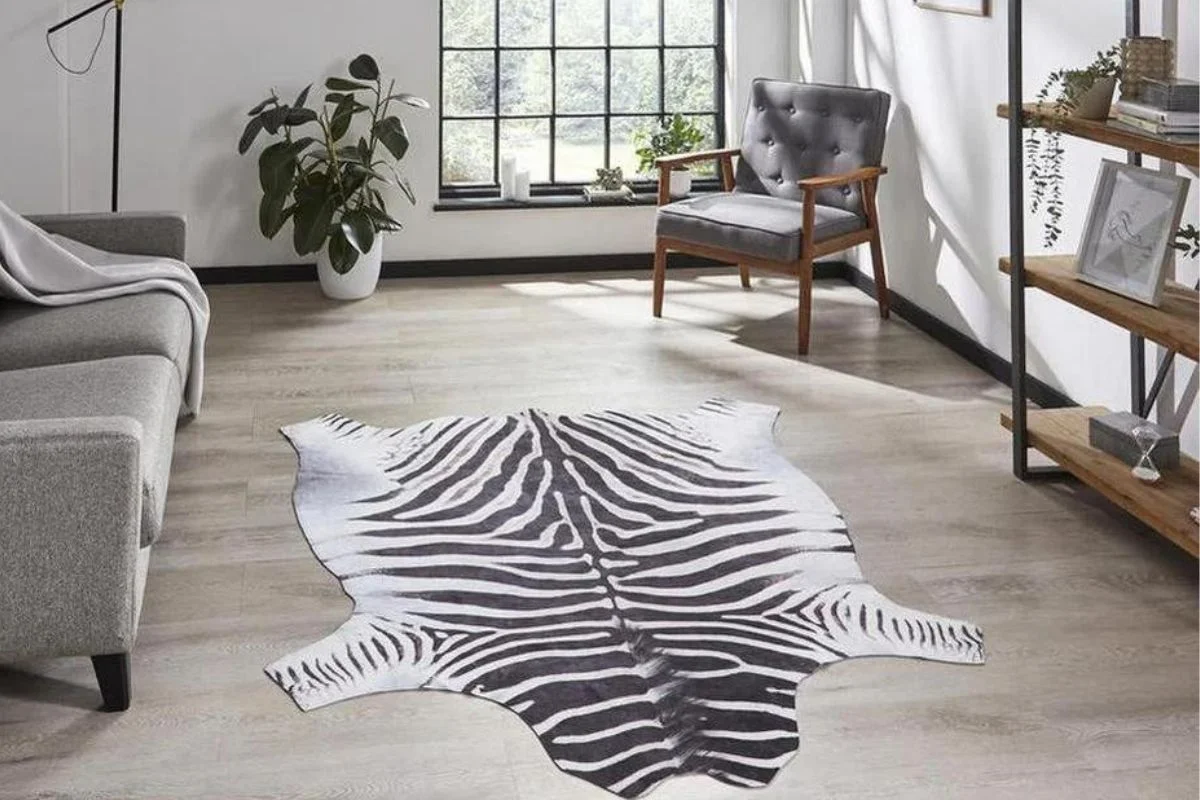
Animal skin carpets have long been revered for their luxurious texture, natural beauty, and ability to make a bold statement in interior design. These unique floor coverings add a touch of sophistication and elegance to any space, infusing it with warmth and character. In modern interior design, animal skin carpets are increasingly being embraced as statement pieces that elevate the aesthetic appeal of a room while creating a sense of luxury and style.
In this exploration of animal skin carpets in modern interior design, we’ll delve into the ways in which these distinctive floor coverings can be used to create stunning focal points and enhance the overall ambiance of a space. From incorporating cowhide rugs into minimalist living rooms to layering sheepskin throws in contemporary bedrooms, we’ll uncover the versatility and impact of animal skin carpets in contemporary interiors.
Join us as we discover how animal skin carpets can transform your home into a haven of modern luxury and sophistication. Whether you’re drawn to the organic textures of cowhide, the softness of sheepskin, or the exotic appeal of zebra or leopard prints, there’s an animal skin carpet to suit every taste and style. Let’s explore the endless possibilities of using animal skin carpets to make a statement in modern interior design.
Brief overview of animal skin carpets
Animal skin carpets are luxurious floor coverings made from the hides of various animals such as cows, sheep, goats, and exotic species like zebras and leopards. These carpets are prized for their natural beauty, unique textures, and ability to add a touch of sophistication to any interior space. They come in a variety of styles, from classic cowhide rugs to soft and plush sheepskin throws, and are increasingly popular in modern interior design for their versatility and statement-making appeal.
Importance of animal skin carpets in interior design
Animal skin carpets play a significant role in interior design for several reasons:
Luxurious Aesthetic: Animal skin carpets add a touch of luxury and sophistication to any space. Their natural textures and patterns create a sense of opulence and refinement, elevating the overall ambiance of a room.
Versatility: These carpets come in a variety of styles, sizes, and shapes, making them versatile design elements that can complement a wide range of interior aesthetics, from rustic and traditional to contemporary and modern.
Statement Pieces: Animal skin carpets serve as striking focal points in interior design, drawing attention and adding visual interest to a room. Whether used as rugs, throws, or wall hangings, they make a bold statement and spark conversation.
Texture and Warmth: The soft and plush textures of animal skin carpets add warmth and coziness to any space, making them especially popular in living rooms, bedrooms, and cozy nooks where comfort is key.
Natural Beauty: Unlike synthetic materials, animal skin carpets offer natural beauty and authenticity, with each piece bearing unique markings, patterns, and characteristics that reflect the individuality of the animal it came from.
Sustainability: When sourced responsibly and ethically, animal skin carpets can be a sustainable choice for interior design. By utilizing hides from animals that are raised for food or other purposes, these carpets make use of materials that would otherwise go to waste.

Benefits of Animal Skin Carpets
Animal skin carpets offer a range of benefits that contribute to their popularity in interior design:
Luxurious Aesthetic: Animal skin carpets exude luxury and sophistication, adding a touch of elegance to any space. Their natural textures and patterns create a sense of opulence that elevates the overall ambiance of a room.
Unique Patterns and Textures: Each animal skin carpet is unique, bearing distinct markings, patterns, and textures that add character and visual interest to a space. From the bold stripes of a zebra hide to the soft curls of a sheepskin rug, these carpets offer a wide variety of design options.
Durability: Animal skin carpets are known for their durability and resilience. When properly cared for, they can withstand heavy foot traffic and retain their beauty for years to come, making them a practical choice for high-traffic areas in the home.
Natural Insulation: The dense fibers of animal skin carpets provide natural insulation, helping to regulate temperature and improve energy efficiency in a room. In colder climates, these carpets can add warmth and coziness to floors, while in warmer climates, they can help keep interiors cool.
Easy Maintenance: Many animal skin carpets are naturally resistant to stains and odors, making them easy to clean and maintain. Regular vacuuming and occasional spot cleaning are usually all that’s needed to keep these carpets looking their best.
Versatility: Animal skin carpets come in a variety of shapes, sizes, and styles, making them versatile design elements that can complement a wide range of interior aesthetics. Whether used as rugs, throws, or wall hangings, they can be incorporated into virtually any design scheme.
Sustainable Choice: When sourced responsibly and ethically, animal skin carpets can be a sustainable choice for interior design. By utilizing hides from animals that are raised for food or other purposes, these carpets make use of materials that would otherwise go to waste.
Choosing the Right Animal Skin Carpet
Choosing the right animal skin carpet involves considering several factors to ensure it suits your space and preferences. Here are some key considerations:
Size and Shape: Determine the size and shape of the carpet based on the dimensions of the room and the area where you intend to place it. Consider whether you want a standard rectangular rug, a round rug for a focal point, or a custom shape to fit a specific space.
Design and Pattern: Animal skin carpets come in a variety of designs and patterns, from classic to exotic. Decide whether you prefer natural patterns like those found in cowhide rugs or more unique designs like zebra or leopard prints. Consider how the pattern will complement your existing decor and furnishings.
Color: Consider the color of the animal skin carpet and how it will coordinate with the color scheme of the room. Choose a color that enhances the overall aesthetic while also masking potential stains or imperfections.
Texture and Feel: Consider the texture and feel of the carpet, as different animal skins offer varying levels of softness and plushness. Sheepskin, for example, is known for its soft, fluffy texture, while cowhide is more durable and has a coarser feel.
Placement: Think about where you will place the animal skin carpet within your home. For example, a sheepskin throw may be ideal for draping over a chair or sofa, while a cowhide rug can serve as a statement piece in a living room or bedroom.
Maintenance: Consider the maintenance requirements of the animal skin carpet. Some may require regular brushing or vacuuming to maintain their appearance, while others may be more resistant to stains and spills. Choose a carpet that aligns with your lifestyle and maintenance preferences.
Ethical Considerations: Lastly, consider the ethical implications of purchasing an animal skin carpet. Ensure that the carpet is sourced from ethical and sustainable practices, and that the animals were treated humanely.
Types of Animal Skin Carpets
There are several types of animal skin carpets available, each offering unique textures, patterns, and characteristics. Some of the most common types include:
Cowhide Carpets: Cowhide carpets feature natural variations in color and pattern, ranging from solid hues to speckled or brindle designs. They are durable, easy to clean, and suitable for various interior styles, from rustic to contemporary.
Sheepskin Rugs: Sheepskin rugs are prized for their soft, fluffy texture and natural warmth. They come in various colors, including white, beige, and gray, and add a cozy touch to living rooms, bedrooms, and nursery spaces.
Goatskin Carpets: Goatskin carpets feature a smooth, supple texture and are often used for luxurious upholstery and rugs. They come in a range of colors and patterns, making them versatile for different design schemes.
Exotic Animal Prints: Carpets made from exotic animal skins, such as zebra, leopard, or tiger prints, add a touch of drama and sophistication to interior spaces. These prints are typically created using faux fur or printed patterns rather than genuine animal hides.
Reindeer Hides: Reindeer hides feature a unique texture and coloration, with soft, dense fur and natural variations in tone. They are often used as rugs or throws and add a cozy, rustic charm to cabins and chalets.
Buffalo Hides: Buffalo hides are known for their durability and rugged appearance. They feature a thick, textured fur and are ideal for adding warmth and character to rustic or Western-inspired interiors.
Deer Hides: Deer hides are prized for their soft, velvety texture and natural beauty. They come in various shades of brown and are often used as rugs or wall hangings in traditional or lodge-style homes.

Maintaining Your Animal Skin Carpet
Regular Cleaning Routine
- Gentle Vacuuming: Use a soft brush attachment to remove dust and debris from the surface of the carpet.
- Shake Out: Periodically take the carpet outside and shake it gently to dislodge any embedded dirt or particles.
- Spot Cleaning: Address spills and stains promptly using a damp cloth or sponge and mild soap. Blot the affected area gently to avoid spreading the stain.
Brushing and Fluffing
- Brushing: Use a soft-bristled brush to gently brush the fur or fibers of the carpet in the direction of the grain. This helps to maintain its natural texture and appearance.
- Fluffing: For sheepskin or long-haired animal skin carpets, fluff the fibers periodically to prevent matting and maintain their softness.
Avoid Moisture and Sunlight
- Moisture: Keep animal skin carpets away from areas prone to moisture, such as bathrooms or kitchens, to prevent mold and mildew growth.
- Sunlight: Avoid placing the carpet in direct sunlight, as prolonged exposure can cause fading and damage to the fur or fibers.
Professional Cleaning
- Schedule Regular Cleanings: Consider professional cleaning services for deep cleaning and maintenance of your animal skin carpet.
- Specialized Care: Choose a cleaning service experienced in handling animal skin carpets to ensure proper care and preservation of the natural fibers.
Rotating and Reversing
- Rotate Regularly: Rotate the carpet periodically to ensure even wear and tear across its surface.
- Reverse: For carpets with a backing, reverse them occasionally to minimize flattening and extend their lifespan.
Store Properly
- Storage: If storing the carpet for an extended period, ensure it is clean and completely dry before folding or rolling it for storage.
- Avoid Plastic: Store the carpet in a breathable fabric or paper bag to prevent moisture buildup and maintain the integrity of the fur or fibers.
Conclusion
In conclusion, animal skin carpets offer a unique blend of luxury, style, and natural beauty that can enhance any interior space. From cowhide rugs to sheepskin throws, these carpets add warmth, texture, and a touch of sophistication to living rooms, bedrooms, and other areas of the home.

